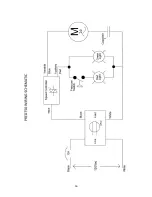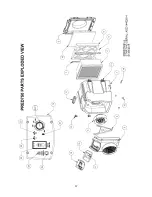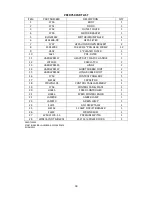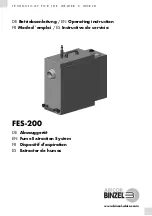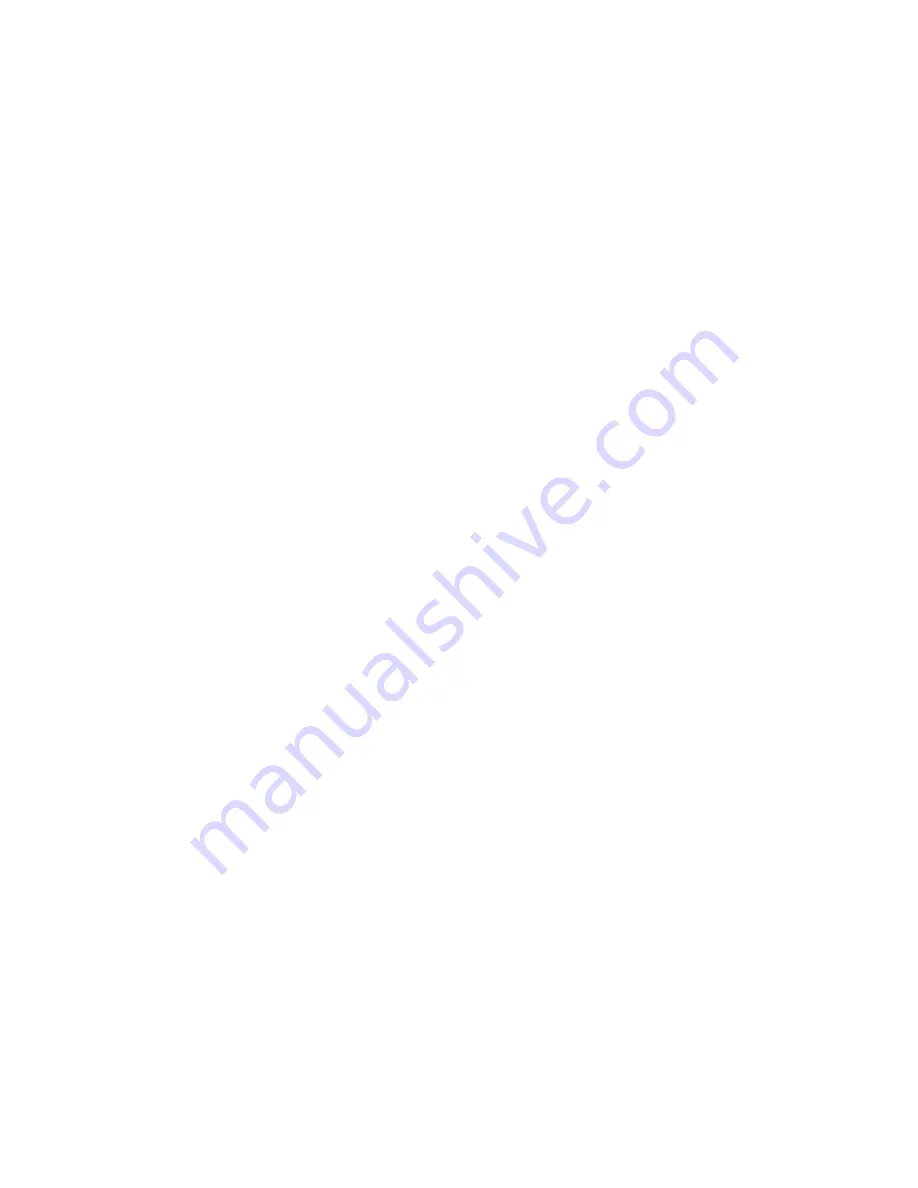
10
FILTER REPLACEMENT
Note: Personnel responsible for changing filters, servicing units or relocating units within the facility are urged
to wear the proper personal protective equipment (PPE) and follow safe work practices in accordance with
federal, state, provincial, local and employer regulations. Abatement Technologies cannot recommend the
type of PPE required as that will need to be determined by safety/risk assessment personnel based on various
risk factors, including the type of particulates being captured by the air filtration device and the surrounding
environment where the units are being used, transported, or serviced.
Note: Filters being replaced must be disposed of in accordance with federal, state, provincial, local and facility
regulations.
System airflow reduction is generally the result of filter loading, blockage of the unit’s inlet or use of excessive
lengths of flex duct that is connected to the inlet.
The size and concentration of airborne contaminants, temperature and humidity conditions, and duration of use
determine how often filters need replacement. If the Filter Change Indicator on the control panel illuminates,
this indicates one or more of the following: (1) filter(s) are loaded, (2) the inlet is obstructed, and (3) the flex
duct, if attached to inlet, is too long or has too many bends.
The method of determining when to replace an activated carbon filter is somewhat subjective. As the odor,
vapor, and/or gas filtration capacity decreases, the user will begin to sense a slight odor or taste of the
contaminant, indicating that the filter should be replaced.
Note: The filters are not reusable, therefore, do not attempt to clean and reuse them.
Caution: Abatement Technologies PREDATOR® Portable Air Scrubber units are designed to meet or exceed
standards for high efficiency air filtration equipment. Use only Abatement Technologies parts, including
replacement filters. Use of non-Abatement Technologies parts and filters voids the product warranty and all
performance claims.
Warning: To reduce the risk of fire, electrical shock or personal injury, always turn the unit “OFF” and
disconnect the power cord from supply receptacle before replacing the HEPA filter and before cleaning or
servicing the unit.
FILTER CHANGE PROCEDURE
To Change the First Stage Filter:
1.
With the unit operating, turn the two latches on the pre-filter access door counterclockwise (approx ½
turn), swing the latches outward, and open the door. Remove the first-stage filter located inside the
door itself and replace it with a new one.
2.
Close the door and lock it in position by swinging the latches inward and turning the latch clockwise.
Make sure the door is flush against the unit's cabinet before closing the latch.
3.
If the Filter Change Indicator light remains “ON” after changing the first-stage filter, the second- stage
filter should be replaced.
To Change the Second Stage Filter:
1.
Open the pre-filter access door by turning the two latches counterclockwise (approximately
1
/
2
turn),
swing the latches outward, and open the door.
2.
Remove the second-stage pleated filter and replace it with a new one. The pleats on the air filter should
be oriented so that they are vertical and the air flow directional arrow on the filter should point toward
the control panel.

















